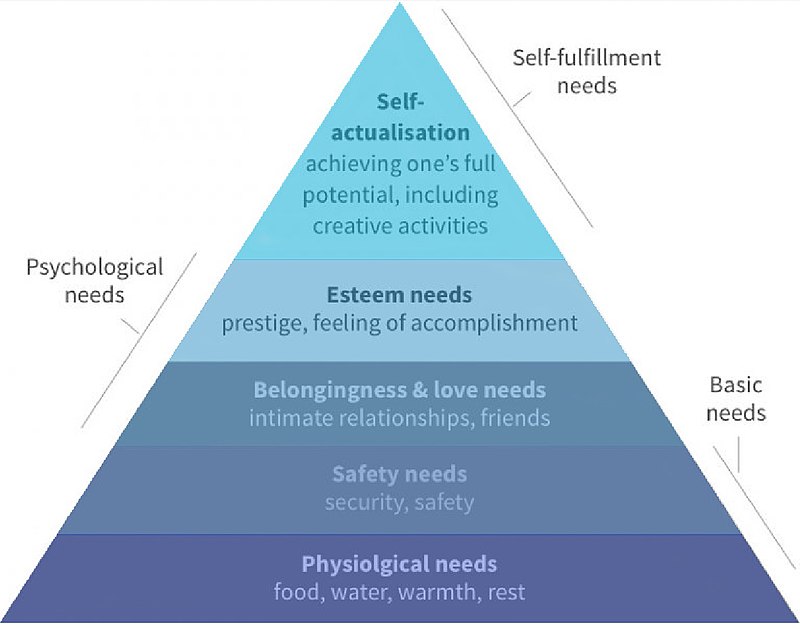One of the things that has really helped me after reading Direct Instruction is the way that it breaks down, in great detail, the different elements that cause students to find a topic difficult. As an experienced teacher, I had already figured out some of these, but Direct Instruction really clarified my thinking and it has made me much more confident in predicting how successful students will be on a topic. This is vitally important to the Direct Instruction method, as designing every task so that over 90% of the students will be instantly successful is a core element of the method. I believe that these ideas would be even more useful for newer teachers. First of all, here is the list of difficulty dimensions:
- Similarity to other topics - e.g. the letter 'd' is harder to learn than the letter 'o'. Because of its superficial similarity to 'b', an additional amount of problem differentiation is needed by the student (note that this only applies to whichever letter out of b and d that they learn last).
- Method is shared with another topic - conversely, if the method is identical to that of another topic, the difficulty of the new topic is reduced. This is because you can teach the new topic as a "double transformation", where students convert the new topic into the topic they already know. e.g. 35% of 250 can be transformed into 35/100 of 250 if they already know fractions of amounts.
- Prior knowledge required - each additional piece of prior knowledge required will increase the load on long-term memory.
- The length of time elapsed since students last successfully practiced on that topic (or any prior knowledge topics).
- Number of times students have successfully practiced the topic.
- The number of steps in the method - Increases the load on working memory. This should include any decisions that are required, not just the overt written steps. e.g. for a basic trigonometry question you have the following steps: (1) decide whether it is trig or pythag, (2) decide which side is h, o and a, (3) work out which sides are used in the question, (4) decide whether to use sin, cos or tan, (5) remember the formula for the trig function, (6) substitute the correct numbers in to the formula, (7) rearrange the formula, (8) type the formula in to the calculator, (9) round the answer to the correct accuracy.
- The context of the problem on the page (this includes how the question is worded as well as any real-life situation the problem is put in).
- Blocked/Interleaved questions - Are the questions in a block of the same question type? Are they interleaved with other topics? How many other topics? Have they been primed to think about this topic earlier in the lesson (via instruction or earlier questions)?
- Difficulty of response - How are students expected to respond to a question? These are some options going from easiest to most difficult:
- Yes/No binary option
- multiple choice
- scaffolded response
- single line answer (without scaffold)
- multi-step process (with scaffold then without)
- Reasoned explanation
As mentioned at the start, teaching so that each new topic has over 90% of students 'getting it' on their first attempt is central to DI. This is crucial for motivation, by setting up an expectation of success in the subject, and for the high pace required in the DI method. Knowing and considering these dimensions of difficulty is essential for pitching the work correctly so that this happens.
Though all of this is discussed in DI, I find the way that they consider each of these dimensions separately to be complicated and unwieldy. Which brings me to the 'win' that may take a bit more explanation...
My interpretation/application of the dimensions of difficulty concept
For each topic I teach I assign a sort of 'difficulty score'. Then, through knowledge of the students and testing of the class, I decide what is the maximum difficulty score I can give to that class, where I will still get >90% success (this varies wildly from class to class). If the 'difficulty score' of the new topic is too high, I find ways to reduce the score to an acceptable level. Though I've tried to codify it here, it is important to note that in my lesson planning I rarely work out the exact score, but consider each dimension to get a rough feel for the difficulty before deciding how many difficulty reduction steps I should take. Here is how I assign my score and how I reduce it:
Degree of difficulty
|
Points
|
How to reduce the difficulty
|
Similarity to other topics
|
Add 1 for every topic you must differentiate from this topic
|
|
Method is shared with another topic
|
||
Prior knowledge required.
|
||
The length of time elapsed since any topics last practiced
|
||
Number of times
|
Take 1 away each time students have successfully practiced the topic (recently)
|
|
The number of steps in the method
|
||
The context of the problem on the
page
|
Teach a variety of contexts (separately) until students can correctly identify the whole range of contexts where this skill could apply. |
|
Blocked/Interleaved questions
|
Start with blocked questions, then interleave where roughly every other question is the new topic, then gradually add more questions in between the new topic.
Prime students to think about this topic by having blocked questions before starting your interleaved review.
|
|
Difficulty of response
|
Start with the easiest type of question and build up as necessary.
|
I know that this sounds like quite an intense thing to do whilst planning for every lesson, but I find doing a rough version of this in my head takes less than a minute and it helps my planning immensely.


 =
=  X
X 





